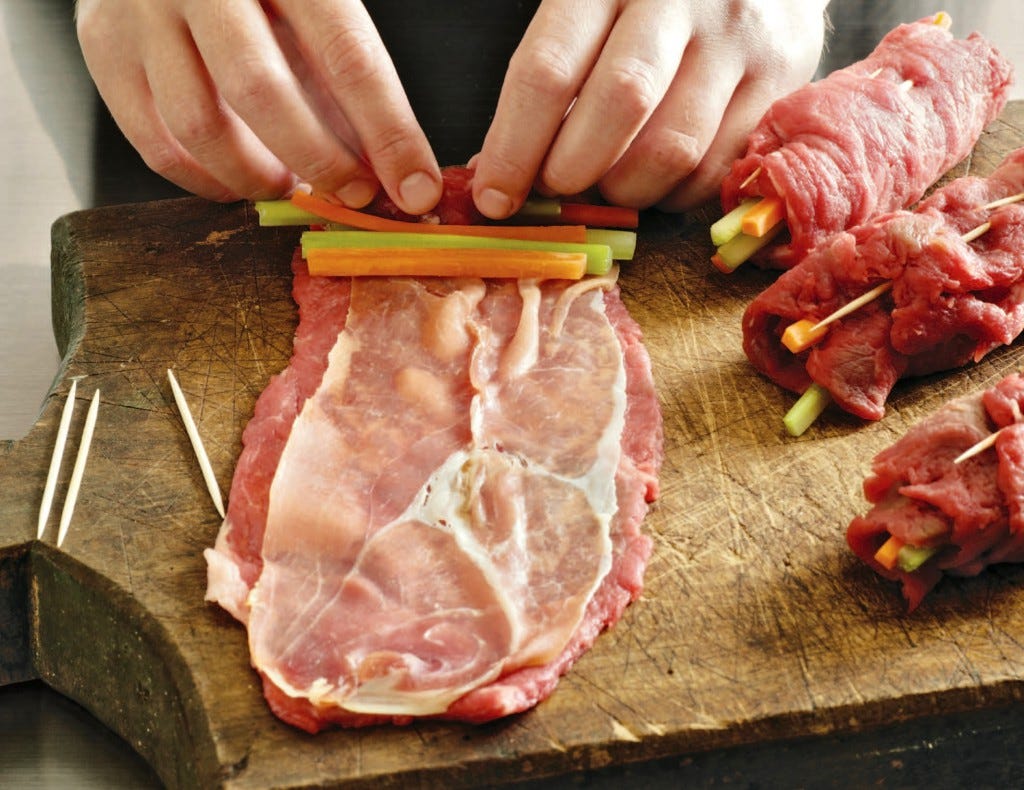Do As the Romans Do: Cook Once, Eat Twice

A few weeks ago, under the category of "Nice Work if You Can Get it," I was tasked with tracking down the best cookbooks of the spring for the Times. Those of you who made your way through that round-up (bless you, it was a lot), might remember one of the stand-outs: Tasting Rome, by Katie Parla and Kristina Gill, two American transplants in Italy's cap…




